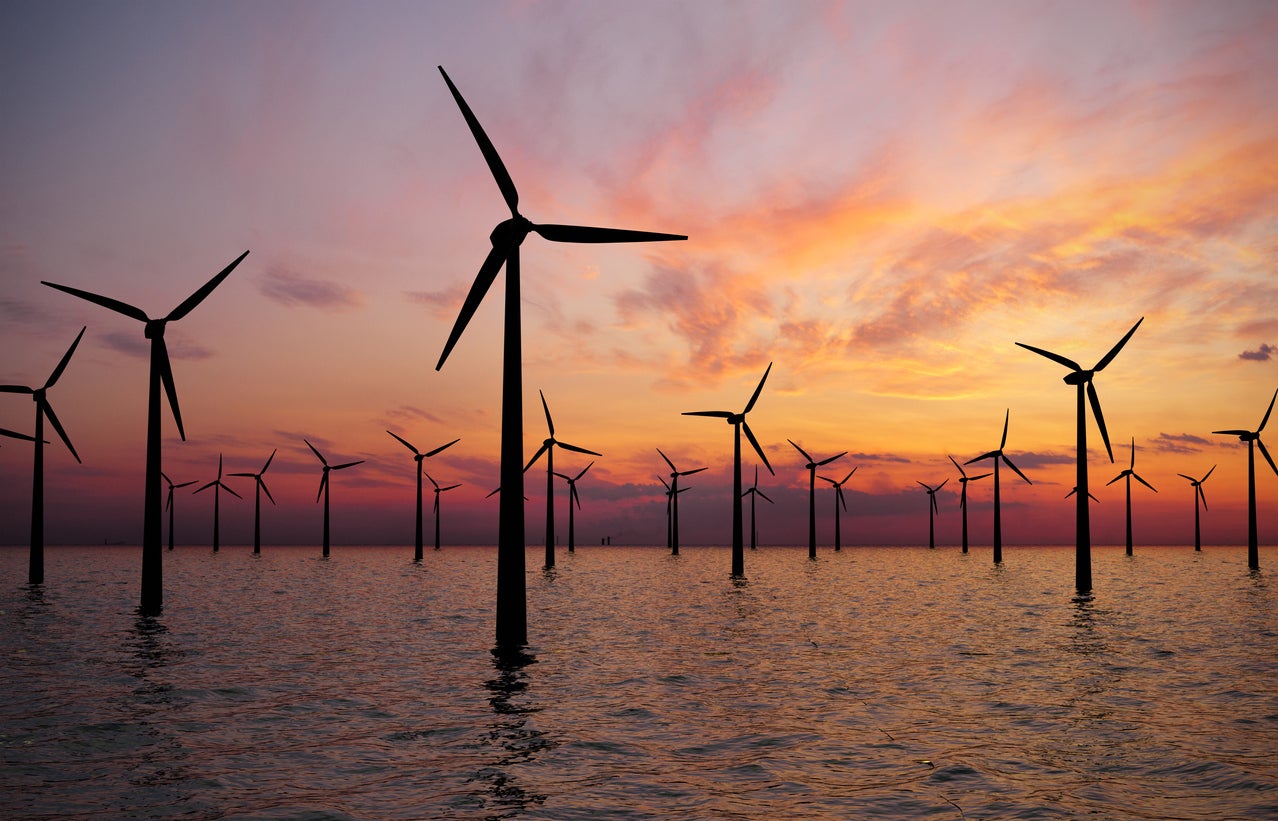Mobile Micro-Doppler Lidar to Support Studies of Wind Flows Around Wind Turbines
European-American Collaboration in Wind Energy Seminar Series

8:00 – 9:00 am MST
Dr. Yelena L. Pichugina
Dr. Yelena L. Pichugina is a Senior Research Scientist at the Cooperative Institute for Research in Environmental Sciences (CIRES), University of Colorado, affiliated with the Atmospheric Remote Sensing Group (ARS) of the Chemical Sciences Laboratory (CSL), National Oceanic and Atmospheric Administration (NOAA) in Boulder, Colorado.
In this capacity, she is involved in field projects related to air quality, wind energy, and wildfires. Her research focuses on applications of Doppler lidar measurements to study atmospheric processes in the boundary layer to quantify dynamic phenomena such as Low-Level jet, turbulence, and wind-ramp events likely to present a risk to wind turbine operations. She uses ship-borne lidar measurements in the Gulf of Maine to study the temporal and spatial variation of marine winds at the height of modern turbine rotors to benefit research and expedite the development of offshore wind projects. She analyses the vertical and horizontal structure of wind flow features, assesses velocity deficit and wake effects produced by operational wind turbines using Doppler lidar measurements from experiments conducted in flat and complex terrain. During the past decade, her research has emphasized applications of Doppler lidar measurements for validation and improvement of numerical weather prediction (NWP) model forecasts in complex terrain and offshore. She applies her knowledge and expertise to the planning and conducting numerous research campaigns, including DOE projects such as WFIP2 (Wind Forecast Improvement Project) and AWAKEN (American Wake Experiment). She has authored and co-authored many journal articles related to these studies.
Dr. Pichugina joined the ARS group in 1998 from the Central Asia Hydro-Meteorology Research Institute in Tashkent, Uzbekistan, with experience in remote sensing of snow and water resources in the Central Asia mountain region using aircraft and satellite data.
Abstract:
The development of Micropulsed Doppler Lidars and deployment of these compact systems on mobile airborne, shipborne, and truck-borne platforms allows CSL/NOAA researchers to study dynamic processes in the atmospheric boundary layer in all regions, from urban areas to remote/inaccessible locations in complex terrain. Traditional in situ or stationary profiling observations cannot provide the flexible combination of spatial and temporal coverage that a fully capable mobile lidar allows. The analysis of the vertical, spatial, and temporal variability of wind flows obtained during several recent experiments has been used for various air quality and weather applications, including measuring the dynamics of wildfire plumes, understanding air-sea interaction processes, and studying urban heat islands.
Doppler lidar operations from a mobile platform face many challenges, such as an accelerating reference frame and vibration while in motion, that require thoughtful hardware design and data processing methods. A significant obstacle to obtaining accurate wind profiles from the high-precision lidar measurements using these techniques is compensating for the pointing error and along-beam velocity due to platform motions. To accomplish this, the mobile lidar systems utilize a Motion Compensation frame, which allows the calculation and removal of the platform motion projected into the line-of-sight velocity measurement in real-time, and the Pointing Stabilization, which allows measurements of the platform orientation and actively stabilizes the orientation of the lidar beam in the world frame.
Mobile lidar technology provides a potential benefit for wind energy. A truck-based motion-compensated Doppler lidar system was tested around wind farms in Colorado to establish measurement capability, driving and scanning patterns, and to study dynamic processes upwind and downwind of turbine clusters. In 2023, the CSL/NOAA participated in the American Wake Experiment (AWAKEN), a U.S. Department of Energy (DoE) project led by the National Renewable Energy Laboratory (NREL) to conduct a multi-institutional, long-term (2021-2024) study in the U.S. Midwest.
To support the overall AWAKEN science objectives, the updated mobile lidar-PUMAS (the PickUp-based Mobile Atmospheric Sounder) provided motion-compensated measurements of wind flow and turbulence downwind of wind farms in central Oklahoma. These unique measurements will address the temporal and vertical variability of wind and reveal spatial variability of simultaneously measured characteristics of the horizontal and vertical structure of wind flows modified by operating wind turbines.
In conjunction with other AWAKEN remote sensors, the PUMAS measurements through the boundary layer will be used to study wind flow and turbulence modified by wind farms at different distances from the wind turbines.
Contact
Please direct questions/comments about this page to:
Sue Ellen Haupt
Senior Scientist, Research Applications Laboratory